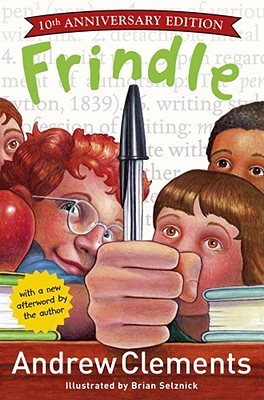★★★★½

Every American should read this series in order to understand the full history and current state of racism in our country. Black Lives Matter is not new. In 1964, Ella Baker gave a speech saying, "Until the killing of black mothers' sons is as important as the killing of white mothers' sons - we must keep on." (Book 3, p. 99)
March is a trilogy of graphic novels. This series is first and foremost a history of the Civil Rights Movement. Though written in the first person by John Lewis, it is not an autobiography, and we are given very little insight into John Lewis's personal relationships.
Book 1: This book sets up the model for storytelling. It is the morning of President Barack Obama's inauguration. Brief scenes of John Lewis in Washington, DC are interspersed with flashbacks as he tells stories of his childhood to constituents visiting his office early that morning. Eventually the constituents and John Lewis need to go separate ways, and the reader remains the only audience for the flashbacks. I felt this book was the most accessible in terms of being a narrative, and setting the stage of what's to come. While I knew about the main events of the Civil Rights Movement - like the lunch counter sit-ins - I really did not know, before reading this book, just how much training, preparation, and planning went into them.
Book 2: After the success of the lunch counter sit-ins, civil rights groups initiated a campaign of stand-ins to de-segregate movie theaters. But mostly this book focuses on the Freedom Rides. Again, I was familiar with the general idea, but I had much to learn. By putting themselves into life-threatening danger, participants had to apply and were extensively trained. The horrible treatment they endured is almost unthinkable, and yet, there it was, illustrated on the page. Very powerful. This book ends with the March on Washington for Jobs and Freedom, with Dr. Martin Luther King, Jr.'s "I Have a Dream" speech.
Book 3: This book is the most intense of the three, explicitly detailing the horrific events surrounding the bombing of the Sixteenth Street Baptist Church in Birmingham, AL (in which four young girls died), and also of Selma, AL, which I was somewhat more familiar with because of the
2014 movie. The accounts in this book make it clear that the Civil Rights Movement was an agonizing series of demonstrations, arrests, marches, beatings, and funerals. So many funerals. This book also touched upon the internal controversies within the Civil Rights Movement, including disagreements between organizations in regards to methods of protests, and disagreements within organizations in regards to the role of white people in the movement.
It's worth noting that this series is targeted for a teenage audience. Besides the physical violence depicted in the drawings, the first book uses the n-word, the second book uses the s-word, and the third book uses the f-word and makes a passing mention of sex.
While supremely important for everyone to read, I gave the book just shy of 5 stars because the delivery of names and dates at times felt text-book-like, even despite the graphic novel context. I think the graphic novel medium was a genius method for illustrating - especially to younger audiences - just how violent the Civil Rights Movement was. But even as an adult reading this trilogy, I got lost in the names, particularly in the way every person was introduced solely within their role in the Civil Rights Movement. We did not get to know the private, surely complex people behind the names, and I sometimes felt I would have gotten even more out of the books if I had actually known more about some of the other players already.
Also, the series seemed to end on a cliffhanger. As Book 3 progressed, SNCC (Student Nonviolent Coordinating Committee) became increasingly fractured, and one of the last lines of the story is, "It was the last day of the movement as I knew it." The trilogy ends with the passage of the Voting Rights Act of 1965, three years before Dr. Martin Luther King, Jr. was assassinated. But what happened to SNCC? What happened to John Lewis, as he adapted to the changing needs of the movement? An epilogue would have been nice. Guess I'll just have to pick up an actual biography of John Lewis to find out more about the man himself!
 This is the second Andrew Clements book I've read, and it had a number of similarities with the first one I read, Lunch Money. Both books feature a creative and highly motivated boy who gets an interesting idea, but the implementation of the idea puts him at odds with his school. In both cases, the ending has a bit of an over-the-top factor.
This is the second Andrew Clements book I've read, and it had a number of similarities with the first one I read, Lunch Money. Both books feature a creative and highly motivated boy who gets an interesting idea, but the implementation of the idea puts him at odds with his school. In both cases, the ending has a bit of an over-the-top factor.



